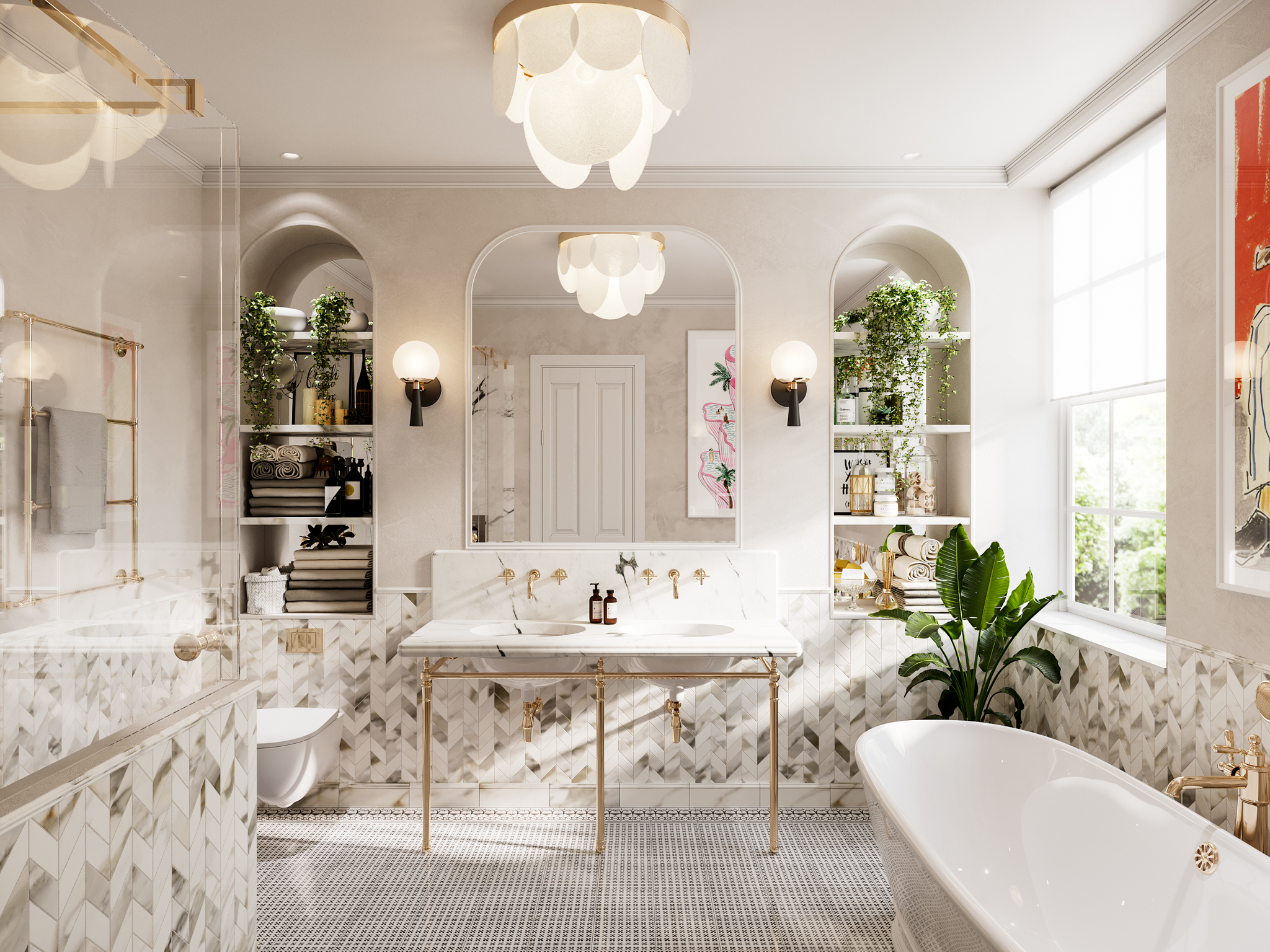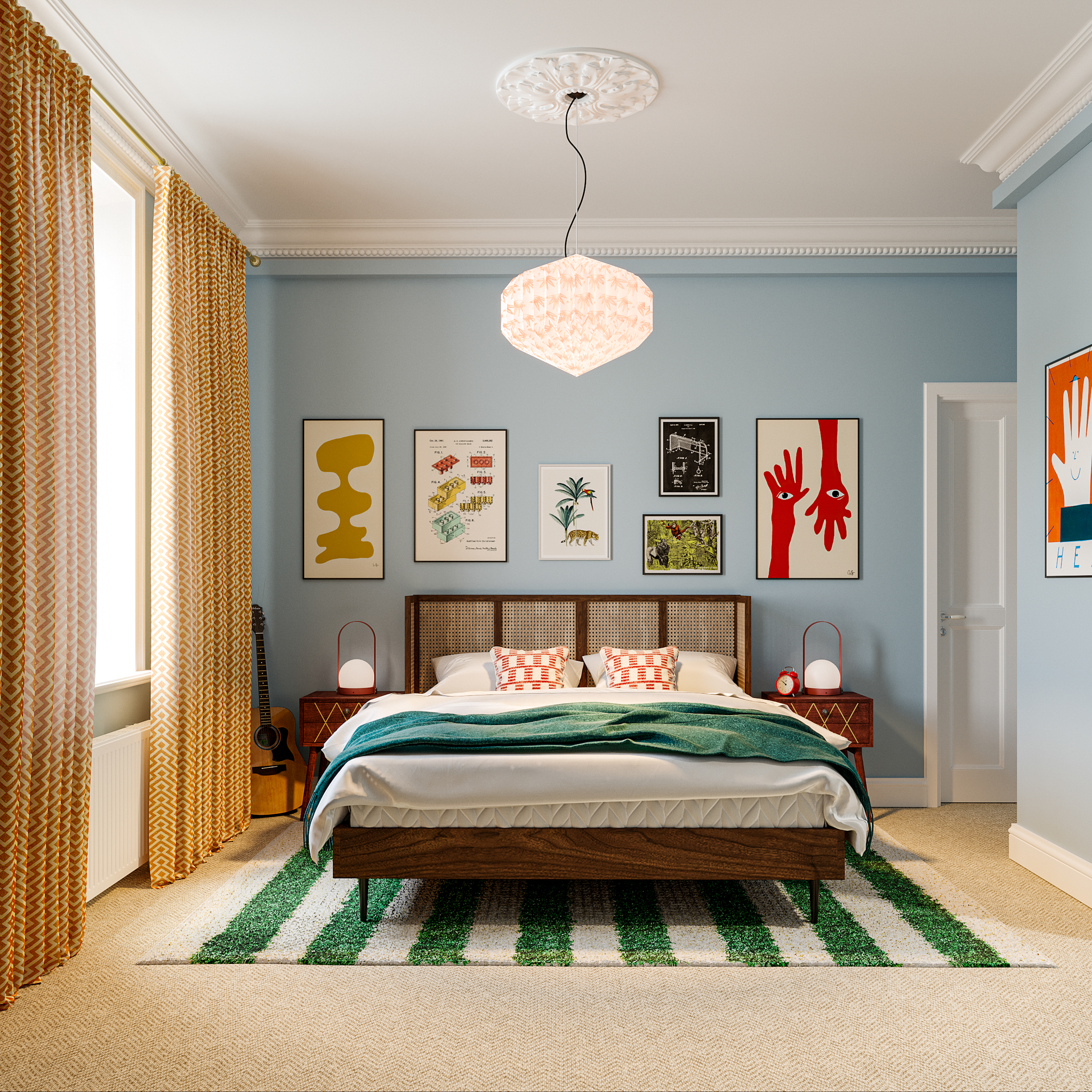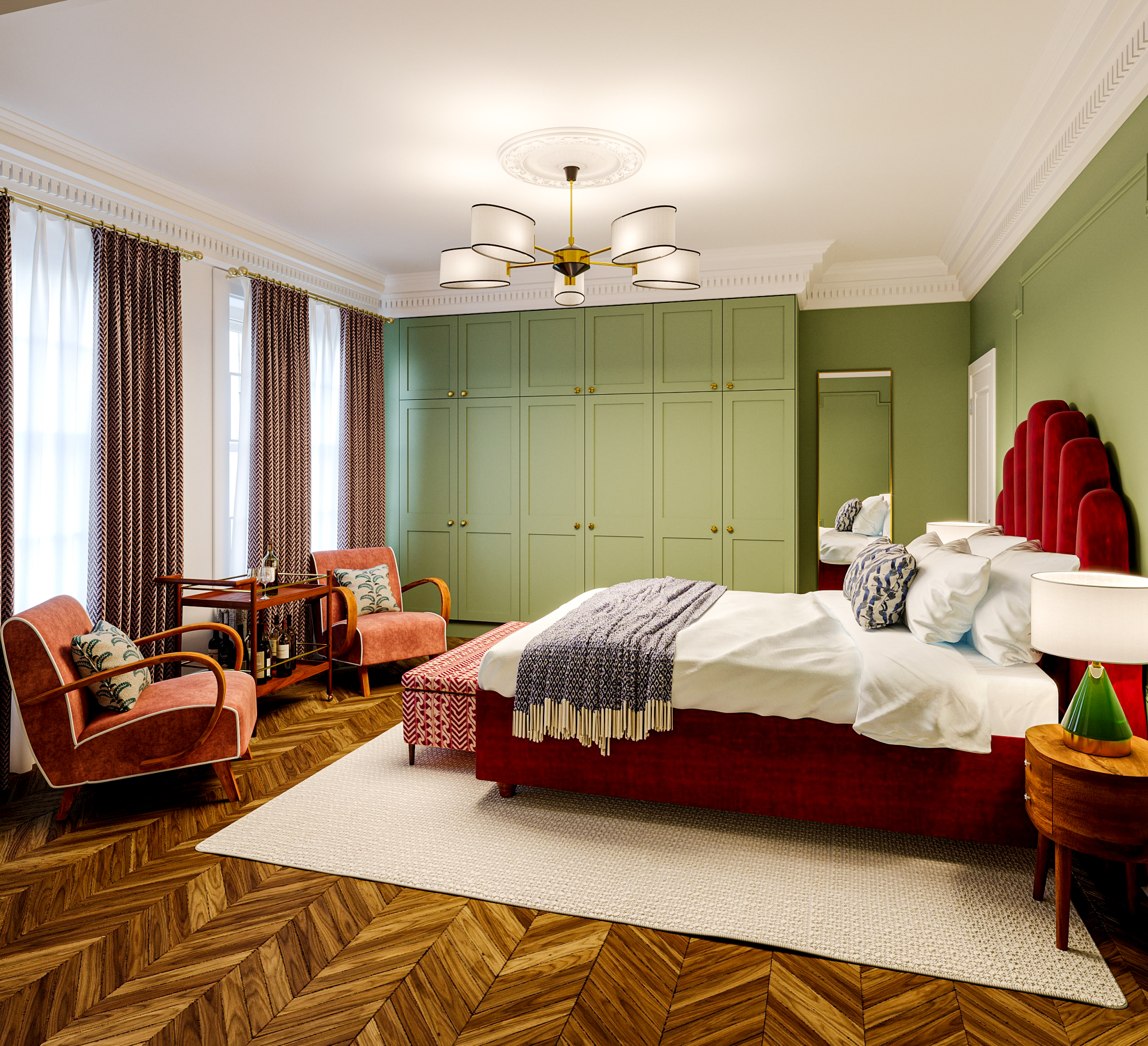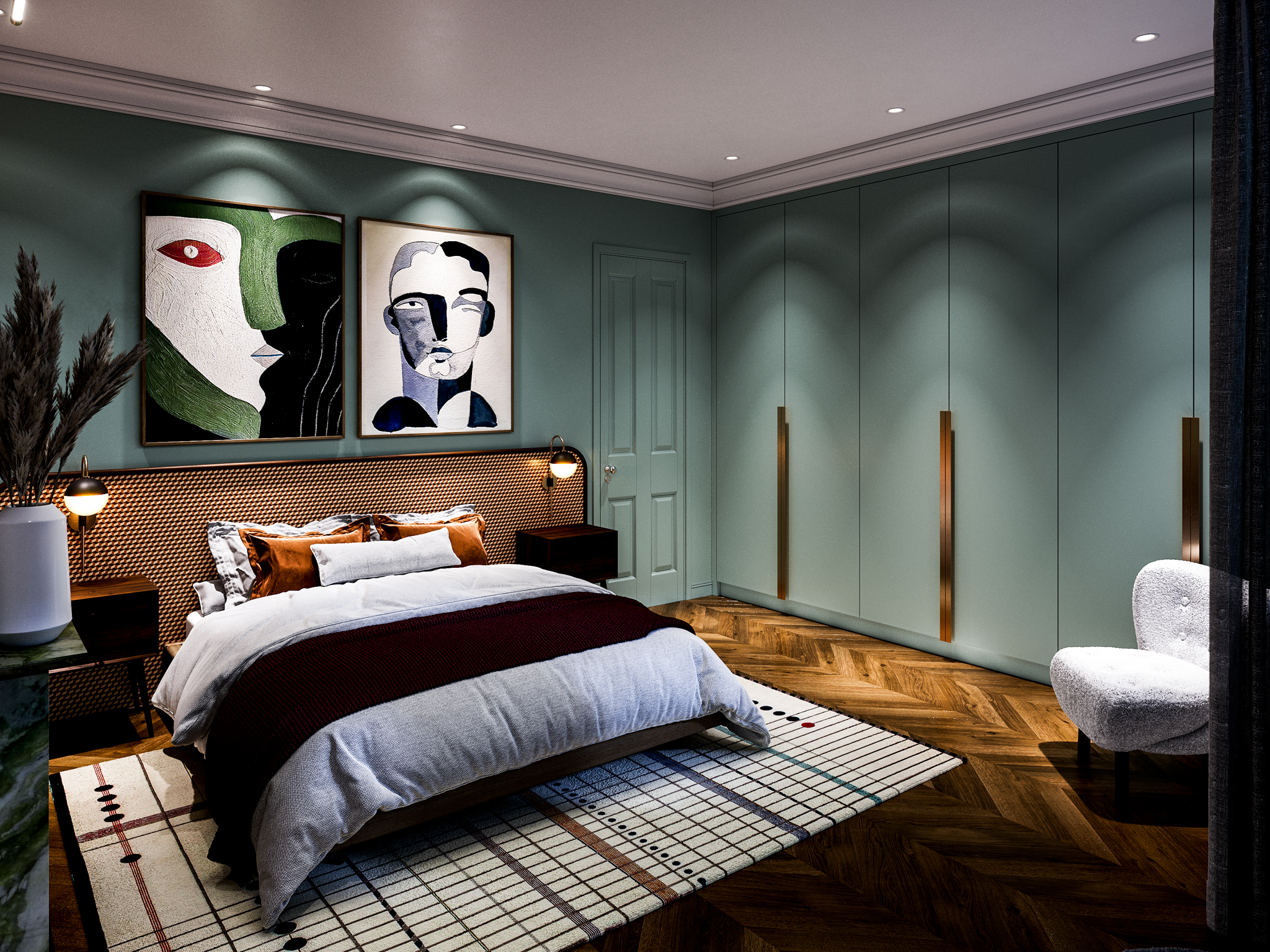How to design a dream master bedroom
How to design a dream master bedroom
From the best layout to colour schemes and lighting, here’s how to get the master bedroom right
If you’re remodelling or extending, a luxury master bedroom suite might be top of your wish list. A master suite typically includes a private bathroom, sitting area and at least one walk-in closet. When remodelling, one option is to sacrifice an adjacent smaller bedroom to gain some extra floorspace. Alternatively, you might locate your master suite in a new extension or loft conversion. “Everybody wants big bedrooms,” says Mark Bithrey, founder of B3 Designers, “Space is at a premium.”
The latest must-haves
So, what are the latest must-haves? “Clients love big beds – an influence from hotels,” said Bithrey whose company designs interiors for high-end homes and hotels. “Interestingly we are now finding that sometimes our clients’ bedrooms are nicer than hotel rooms. It was the case that they wanted designers to meet hotel standards, now it’s the other way around.” Top requests, says the interior designer, are walk-in closets, vanity units, compact built-in wardrobes, drawer units and easy-to-control lighting, for instance with light switches by the bedside and the door.
It's all about space
Standard master bedrooms are at least 22 sqm with space for a king-size bed, a sitting area and dressing table, says Bithrey. Generous master suites that can comfortably accommodate an ensuite are 32 sqm or larger. “If you have more space, even better,” he said.
Carefully consider your room dimensions. Will you be happy with a cupboard-like shower and space-saving loo? Sometimes squeezing in an ensuite can spoil a spacious double bedroom and make it feel cramped, so think about whether to include one. That said, if your master bedroom is in a loft conversion, it’s always a good idea to have a bathroom on the same floor and there should be plenty of space, just avoid locating the shower under the eaves.
 Image supplied by B3 Designers
Image supplied by B3 Designers
Consider going open plan
To avoid shoehorning an en suite into the master bedroom consider having part of the bathroom open plan. Whereas traditionally the master bath is housed in a separate space with a dividing door, people are now putting freestanding designer tubs in master bedrooms. This layout allows you to borrow natural light and space from the bedroom. Alternatively, the master bath might be cleverly screened so there is more privacy than if it was in the actual bedroom. “People are requesting more open plan design in bedrooms but with glass/doors for privacy,” said Bithrey.
Think about the layout
While the layout of the room will be very much influenced by the space available, even the smallest of main bedrooms can still get special treatment. Something as simple as the symmetrical placement of a double bed and a pair of beside tables with lamps can help balance an interior scheme. “Symmetry is always a good place to start,” said Bithrey, adding: “Soft furnishings and finishes are what sets an ordinary bedroom apart from a stunning one. Layers of cleverly co-ordinated fabric can make or break a room.”
 Image supplied by B3 Designers
Image supplied by B3 Designers
Ideally a master bedroom should be somewhere you can relax and unwind, so give some thought to creating a cosy seating area, such as adding a chaise longue or an upholstered chair or two.
Colour scheme
Positioning your master bedroom with openable windows on two walls will create a light and luxurious space. A window can be the perfect spot to place a comfortable chair to sit and read or simply enjoy an early morning cuppa. What’s the best colour scheme? “For bedrooms, softer colours are usually safer,” says Bithrey. “But if your bedroom has ample natural light flowing in, you can be brave and go for stronger, bolder colours.” Warmer and greener tones bring a feeling of comfort and nature into bedrooms, he said.
 Image supplied by B3 Designers
Image supplied by B3 Designers
In smaller bedrooms, make sure there’s plenty of natural light so it isn’t dark and dingy, especially north-facing. You don’t just have to go with standard glazing – picture windows with Juliette balconies, rooflights and high-level gable windows are all great ways to draw in extra light. Consider muslin or voile drapes to stream soft light into your bedroom while providing privacy.
Walk-in closets
The best master bedrooms usually have a walk-in closet or two. Do you want shelves for shoes and cubby holes for handbags and hats as well as lots of hanging space? Some LED strip lighting that switches on when closet doors are opened adds glamour and is practical, too. In closets large enough for dressing, add a long mirror and a dresser or vanity. If you locate the entrance to your master bath through an adjoining vestibule it can double as a walk-in closet. Ideally, the master bath would have a separate entrance to the hallway, so you can get dressed and leave without waking your sleeping partner.
Bithrey said: “For storage, use as much space above wardrobes as possible - use the full ceiling height. Wardrobes should be integrated into the design and not an afterthought. Under-bed storage is also useful, and with clever design can match the interiors and be disguised beautifully. “
Don’t forget lighting
Can’t tell the difference between blue and black tights in your walk-in closet? It could be because your lighting source has a very low CRI (colour rendering index). “One of the most important elements of good bedroom design is the lighting. Never, ever put cold light in your bedroom. Warm lighting with good CRI is the way to go,” said Bithrey. The rating is how colours look under a light source when compared to sunlight. The index is measured from 0-100 with a top 100 showing that colours under the light source look as they would under natural sunlight.
Wall lighting works well for creating a romantic mood without overhead glare. Chandeliers and designer pendants for ambient lighting can look beautiful but they don’t always need to be hung in the centre of the ceiling. Layering different types of lighting – ceiling fittings, wall lights, bedside and floor lamps - will help you achieve a flexible scheme “Choose lighting that lets you set to various settings – subtle mood lighting, reading lighting and your Sunday morning bright, fresh lighting,” said Bithrey.
 Image supplied by B3 Designers
Image supplied by B3 Designers
